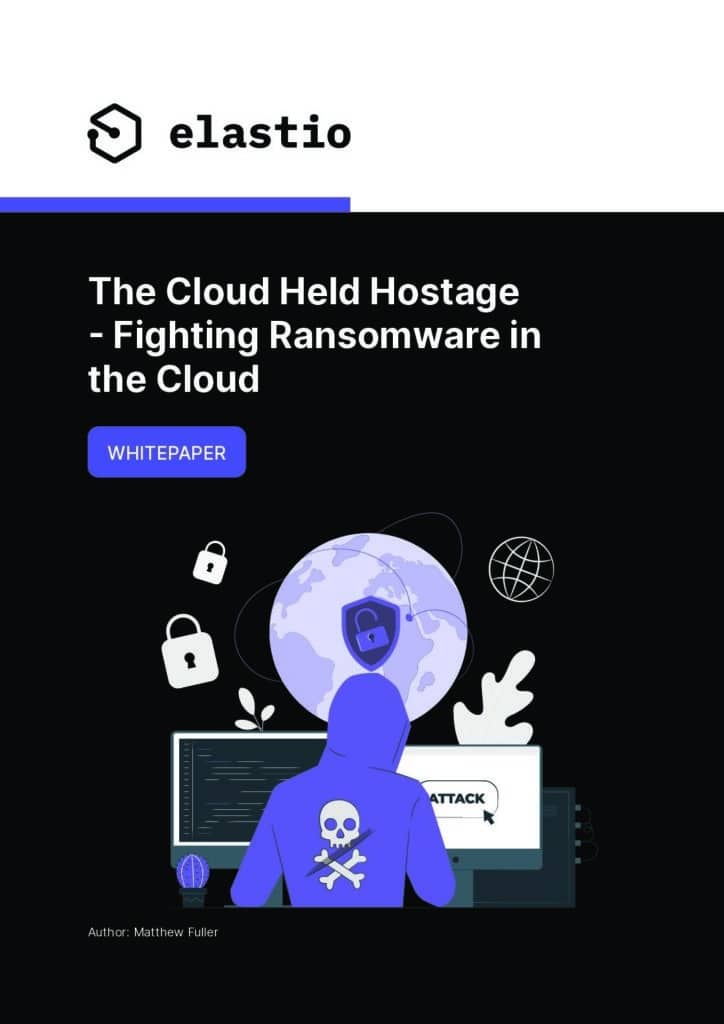Computing trends over the last decade reveal that the growth of cloud computing has increased in near-lockstep with another, more malicious trend: the explosion of ransomware. According to a recent report from SonicWall, ransomware attacks have increased by over 105% between 2020 and 2021 .
Cloud environments have provided ransomware with a ripe opportunity for accelerated growth; the ease at which these environments can be deployed, scaled, and left insecure, has enabled ransomware to continue its assault nearly unabated with an ever-growing supply of targets. This growth has enormous costs for the industry, with the global impact of ransomware expected to be felt nearly every eleven seconds and cost over $20 billion in a single year.
This paper will explore the proliferation, detection, prevention, and recovery from ransomware in cloud environments, diving into several key topics:
- Initial entry points for ransomware in cloud environments – exploring traditional, hybrid, and cloud-native attack vectors
- The evolution of ransomware to include attacks against cloud services and even cloud accounts themselves
- An overview of preventative measures, including cloud security best practices
- A deep dive into the use of snapshots and backups in the software build pipeline as a defensive measure against ransomware
- A comparison of runtime, deployment, and backup defense strategies
- Recovery and remediation efforts in the event of a ransomware infection


